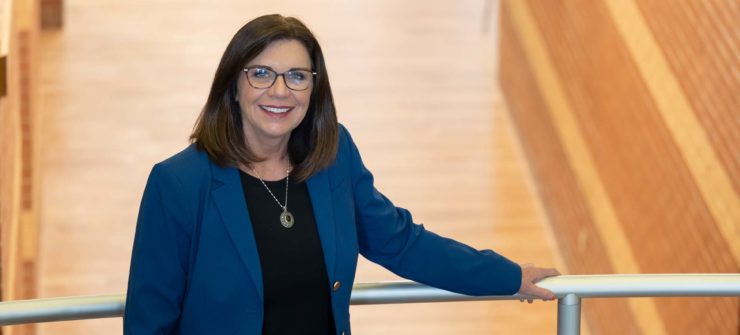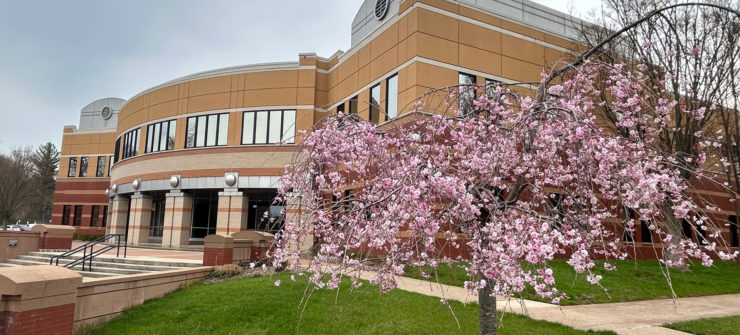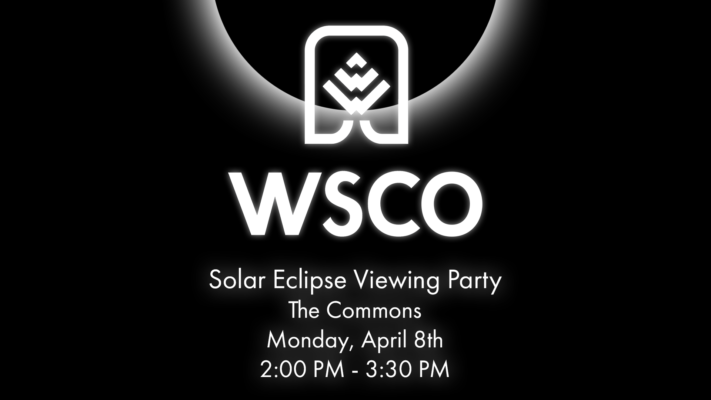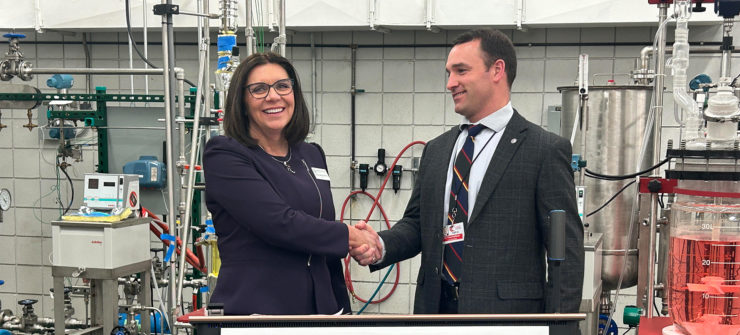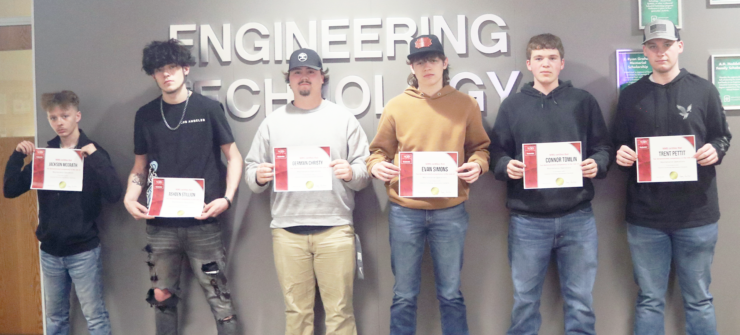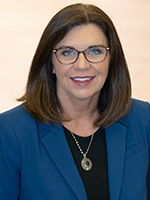
For more than 50 years, Washington State College of Ohio (WSCO) has served to strengthen the economic growth of the Mid-Ohio Valley. From our humble beginnings as a technical school, to a college that supports more than 2,300 students with more than 10,000 alumni, WSCO has undergone great transformations to get to where we are today. And while we celebrate this significant half-century milestone, we continue to work to bring about greater changes to this institution that will catapult us to an even greater future.
When I accepted the position as President at WSCO in 2017, I had ambitious goals. Fueled by my fellowship with The Aspen Institute where 40 academic leaders from across the nation were focused on the critical need to improve student success, my team and I began looking at ways we could make an immediate impact on our campus.
As a result of my Aspen fellowship, as well as our WSCO’s affiliation with the Ohio Association of Community Colleges, Washington State has been able to align itself with proven practices related to student success, called Guided Pathways. This project is a comprehensive redesign of the student experience from first contact to completion. And while our college was not among the initial 30 institutions to adopt this model, we have been able to review the research, see the results, and implement the best practices. We were compelled by the success we saw across the country to redesign the student experience here at WSCO by implementing the guided pathways vision.
Since we opened our doors in 1971, Washington State has been known as a student-centered college, focused on student success. We have expanded our vision to also provide students with a career-guided academic experience. It’s core to our mission, whether it’s a student graduating and starting their career immediately, or graduating and continuing their education before they start their career, we are now keenly focused on getting students employed in a career.
Harkening back to our roots, we are also returning our attention to the adult learner. When the college was first conceived, we primarily served adults, however for the past decade we have supported the State’s early college initiatives and focused on high school students. While we have no intention of reducing our College Credit Plus (CCP) efforts, we want to revitalize our technical career programs and change the trajectory of our enrollment focus.
While our transformation is ongoing, our achievements with the Guided Pathways endeavor have been significant. We are led by two long-term strategic goals of increasing student access to education and student success. Our guided pathways work will serve to fortify our efforts to achieve both of these goals.
Among our initial changes, we restructured our programs and developed seven career communities, Automotive & Diesel, Business/IT, Engineering & Industrial, Health, Law & Public Safety, Transfer & Social Services, and Welding, along with new pathways, EARN, WSCO2MC, and Bridge to College. This was a critical first step because it allows students to be purposeful with their class selection. They will enroll in blocks of courses that apply directly to their specific career areas. When someone doesn’t know what they want to study, this allows us to guide them in a broad path toward a career.
Next, we redesigned our Center for Student Success (CSS). We dedicated more of our resources to our student support service, which includes tutoring, transfer assistance, mentoring, and mental health counseling. All of the services offered by CSS are focused on how can we help students overcome barriers that keep them from earning their degrees and starting their careers.
In an effort to make it easier for adults to earn a degree, we updated our delivery models to be more in line with today’s busy lifestyle. We created a 2-day-a-week model for our EARN pathway that lets students be in school for two days and have the remainder of the week to work. We also made some classes available in a condensed 8-week version. Additionally, we added a one-day-a-week Saturday option and in the future, we are looking to implement boot camps that are four-week options. All to attract more adult learners.
We recently consolidated all of our support services to one convenient area of campus. Our Student OneStop provides personalized support at the critical entry phase. Admissions, CCP, financial aid, records, and our business office functions are incorporated in one convenient space. This revamp allows us to make personal connections with students and serve as the single point of contact for the entire enrollment process.
The bigger picture of what we’re accomplishing with our Guided Pathways work is, as an institution we have moved from smaller innovations to a college-wide initiative—a vision for change that has impacted nearly every aspect of the college experience. Implementing this initiative has been a long and challenging process that has forced a shift in our campus culture. I am ever grateful to our faculty and staff for adopting this vision. This would have not been possible without their buy-in and supporting efforts required for an undertaking of this magnitude.
To date, we have achieved more than 60 percent of our primary goal. Our remaining efforts are directly related to the academic side, specifically improving our blended and online courses, expanding our accelerated delivery models, and aligning our virtual student support to be equal to our in-person support.
With confidence, I can say that our guided pathways initiative will be the reason we successfully meet our strategic goals of increasing student success and access to education. Our wholistic college reformation has been challenging, yet completely worthwhile as we begin to see success
